SUSTAINABILITY AND PROSPERITY
Together.. We Are Nama

VALUES:
• Integrity
• Professionalism
• Respect

Together.. We Are Nama

VALUES:
• Integrity
• Professionalism
• Respect
MISSION: Leading and enabling the Group to deliver safe, reliable and sustainable electricity and water services to enhance value for Oman.
VISION: Nama Group is a leading reference for utility services excellence in the region.
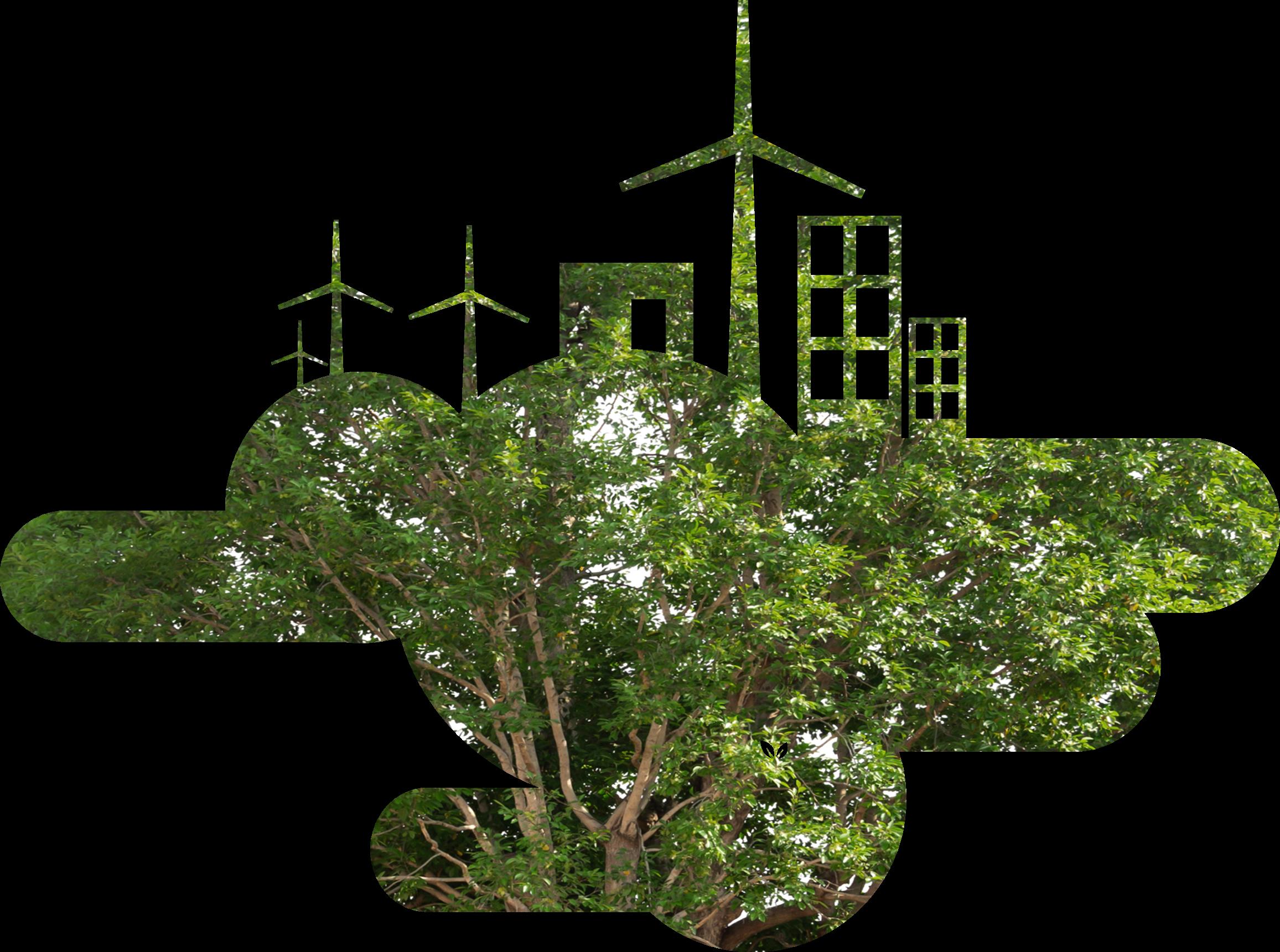

Nama Group (NG) was established as a result of the restructuring of the electricity and water sectors in 2004 and commenced its commercial operations on 1 May 2005. Nama Group’s operations are spread across procurement, generation, transmission, distribution and supply of electricity and water services in the Sultanate of Oman.
Oman Investment Authority is the shareholder of Nama Holding, which is the holding company of Nama Group subsidiaries. Nama Group acts as the sole provider of electricity, water and wastewater services (procurement, transmission, distribution and supply).
Tel: 00968 24559200, e-mail: info@holding.nama.om Website: www.nama.om
It gives me great pleasure to present the second edition of our magazine “Sustainability and Prosperity”. Our previous issue received positive feedback – and this has encouraged us to continue showcasing our contributions to sustainability and the progress we have made towards achieving our objectives this past year.
At Nama Group, our commitment to promoting sustainability and raising awareness about its importance remains unwavering. Our multi-layered strategy focuses on three pillars of sustainability: Social, Economic, and Environmental. Under each pillar, we have various initiatives and programmes such as ‘Naqla,’ ‘Baiti Amen,’ and ‘Wiyakum.’
In 2022, we achieved significant milestones in our sustainability journey and we will continue the momentum into 2023. The inauguration of the 500MW Ibri 2 Independent Power Plant was a significant achievement last year. We have now set our sights on upcoming renewable energy projects, including the 1,000 MW Solar Manah I and II projects.
Nama Group’s initiatives are guided by the wise leadership of His Majesty Sultan Haitham Bin Tarik and the pillars outlined under Oman Vision 2040. These aim to comply with United Nation’s Sustainable Development Goals (SDGs) and achieve net zero emissions by 2050.
We are delighted to be associated with the Oman Sustainability Week, and we aim to continue creating awareness and promoting sustainability. I would like to express my gratitude to the team from Nama Group for compiling this comprehensive publication. We hope that you find the edition informative and inspiring.
Ghada Al Yousef Executive Manager Group Communication and Sustainability
EDITORS TEAM:
Ghada
Al Yousef Executive Manager - Group Communication and Sustainability DepartmentMurshid
Al Shidhani Media Production Supervisor Maryam Al Mamari Sustainability Supervisor Juma Al Balushi Sustainability Senior Analyst Al Ghammari Change Management and Engagement Senior Analyst
Zakiya

How


My expectation is that the number of plans and the speed of adopting renewables will accelerate in the years ahead. Green hydrogen is going to be a game changer for Oman. The biggest requirement for generating green hydrogen is renewables and the Sultanate of Oman has huge potential in this area. The demand for green resources will be much greater than what is required for electricity generation and Nama Group is working on it.
Nama Group has undertaken a restructuring programme in the distribution and supply sectors. In what ways will the new structure help the Group – and how will it benefit customers?
The Group embarked on a restructuring journey on the supply side of the electricity business. This has now progressed to a point that it is ready for implementation, pending some processes from banks.
For costumers the biggest benefit is that they will only be required to deal with one company for the billing and related processes, and another company for connection. Through this restructuring, we are also trying to make the interface much simpler so that our customers can have a smooth experience. As per the plan, you will have one interface in the North and another in the South of Oman. The restructuring programme will build a synergy between companies, and hopefully, there will be savings that will be reflected in the cost of the generation of electricity. Despite that,
we have to be realistic and realise that this is not going to have a big impact on the cost of electricity.
Is Nama Group working on any significant projects in the renewable energy space?
Renewable energy is one of the key focus areas of Nama Group. We already completed the Ibri Solar Independent Power plant (IPP) as this 500MW facility is already operational. Meanwhile, we also have the Manah 1 and 2 solar projects, which are projects that will generate about 1,000MW. These projects will be kicked off for implementation now and will be followed by a series of projects in the wind and solar energy avenues.
Another big pillar for sustainability is Omanisation and developing national talent. What are the initiatives that Nama Group has taken in this direction?
Nama Group has an Omanisation rate of close to 98 per cent. We are collaborating with our contractors to enhance their Omanisation numbers. We started with our emergency supply contractors and are now working with the Authority for Public Services Regulation (APSR), the regulator to further enhance our In-Country Value (ICV) drive. Through these measures, we have increased the number of Omanis working with these contractors. We continue with these processes across all our verticals. We are also putting Omanisation and talent development mandates in our framework agreement with our suppliers for cables, conductors, transformers, and switchgear. Apart from these, we are putting an ICV requirement for our contractors and will reward them with orders if they achieve these mandates. A part of our ICV requirement is Omanisation and localisation.
Is the implementation of social programmes a key focus area for the Group, in addition to the economic and environmental aspects that govern sustainability?
As a Group, we have been prioritising the social aspect of sustainability for a considerable period, starting from the release of our sustainability policy. We have been emphasising the economic, social, and environmental aspects of sustainability and will continue to do so. Our

adoption of an ICV initiative is aligned with the Oman Investment Authority’s guidance and is an essential step in our sustainability journey.
Improving customer service has been a top priority for Nama Group, and one major factor in achieving this goal is digitalisation. Do you see digitalisation as a crucial aspect of the future of customer service and have you already implemented it in your business?
Nama Group started its digitalisation journey a few years ago, and we are continually strengthening our digital capability. A standout project for us has been the implementation of automated smart meters, which has created a platform for further digitalisation and for providing extra services to customers. This will help customers optimise their demand and use of electricity and water. Currently, we have about 300,000 smart meters for electricity rolled out in the Governorate of Muscat. Most of the water readings are already through smart meters, and we will soon be floating a contract for its implementation across other parts of the country.
How are diversity and inclusion being promoted through Nama Group?
We have women across every position within the Nama Group – from the board of directors to executive roles. As long as there are capable women who are available for a role, they are given opportunities within our corporate structure. As an organisation, we do not discriminate in salary or position based on gender and this is a part of our commitment to D&I.
The Environmental Social and Governance (ESG) is gaining momentum worldwide, including Oman. How is Nama Group taking action to comply with all ESG standards?
We are currently in the process of implementing ESG standards, which we have already applied to Mazoon Electricity Company. Our contribution aligns with the direction of the Oman Investment Authority, and we are working together to ensure that ESG is rolled out across our organisation.
Nama Group has an Omanisation rate of close to 98 per cent
Can you give us an overview of Nama Holding’s financial performance in the last couple of years?
Nama Group has been doing well financially over the last few years. The EBIDTA (Earnings before Interest, Depreciation, Taxes and Amortisation) levels have been increasing. We have a healthy balance sheet, a good P&L (Profit and Loss) position meeting and achieving the targets of our shareholders. The merger of Water & Wastewater services has added value to Nama Holdings performance. In financial year 2022, the implementation of the regulatory mechanism helped in a significant growth of Nama Group’s EBIDTA and we are maintaining a healthy financial position.
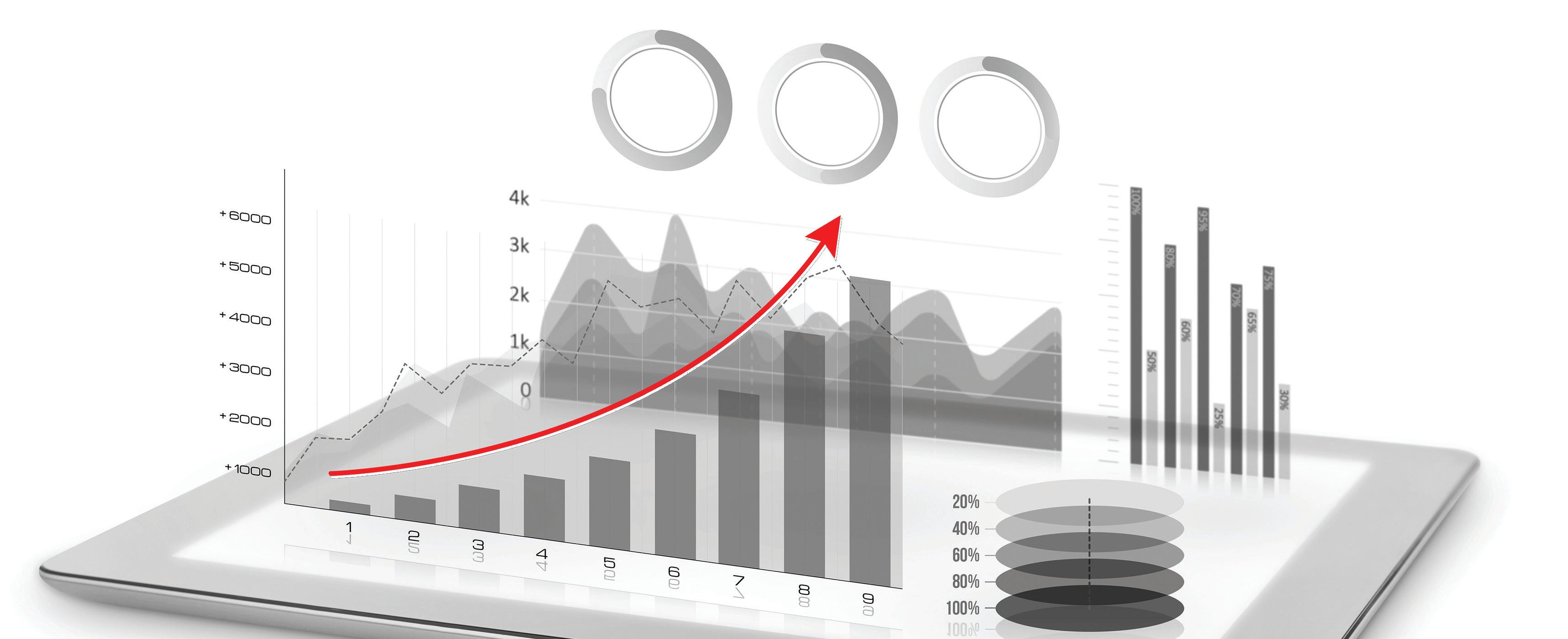

A restructuring of the electricity sector is being undertaken and as a part of the process we are trying to restructure the debt profiles of the companies so that we can ensure Sustainable Financing structures for the companies not only for their previous and existing debt but also for future requirements. We consistently try and seek better terms, negotiated prices and favourable commercial terms from banks both internationally and locally and this has enabled us to strengthen financial sustainability.
Is the move towards renewables expected to lead to a higher return on investment (ROI) in the coming years?
Oman Power and Water Procurement Company (OPWP) - which is the sole buyer of water and electricity is the company within the Group which deals with issues such as whether to use conventional energy generation or to produce green energy from renewables.

On the other hand, irrespective of whether a shift towards renewables increases our return on investment, we are pursuing Green energy and Sustainability initiatives as there is a demand for this energy and it is good for the country and humanity. Overall, we are trying to lower carbon emissions by burning less fuel and gas and moving towards green energy. The Group has floated a number of tenders for Renewable Energy projects and we expect such power plants to generate close to 1,000 MW in the next two to three years.

Nama Group has done a lot in terms of digitalisation from smart metering to electronic billing etc. Have these helped in improving the Group’s bottom-line?
Implementing the latest technology helps us in improving our meter reading systems, better collection and customer service and we do not correlate it to ROI or equity. Digitalisation is a mandate as it helps customers, brings in advanced technology and ensures better cash management.
How important is cost saving, prudent financial policies and improving efficiencies for Nama Group?

As a regulated company we are always looking at improving our cost efficiencies. The Group’s restructuring in line with the directives of Oman Investment Authority aims to bring in cost savings and increase supply chain efficiencies. For example, instead of having 5 distribution and supply companies, the Group could have 2 of these companies helping in leveraging synergies and consolidating contracts. While all the advantages may not materialise in one year the Group will definitely benefit from these cost saving.

Implementing the latest technology helps us in improving our meter reading systems, better collection and customer service

How is Nama Group promoting Can you give us an overview of the HSE initiatives being undertaken at Nama Group?

From a sustainability perspective, Health, Safety and Environment (HSE) is crucial in maintaining the wellbeing of people. To achieve this, we have implemented a range of initiatives, such as strengthening HSE audits and conducting regular inspections at construction sites and existing power plants, which have contributed to a decrease in accidents and injuries. Additionally, we have prioritized knowledge-sharing practices within our organization and have developed a comprehensive training program to ensure that all employees are equipped with the necessary skills and knowledge to maintain high HSE standards. Overall, our commitment to HSE is fundamental to our mission to operate responsibly and sustainably while keeping our people, communities, and the environment safe.
How do strong HSE measures help from a customer point of view?

In today’s market, customers seek out products and services that prioritize safety, and companies that prioritize health and safety are more likely to gain customer trust. This is because customers believe that companies that prioritize the safety of their employees are more likely to prioritize the safety of their customers as well. Moreover, companies with strong HSE measures have a competitive edge due to their reputation for trust and safety.
Compliance with legal standards and regulations, such as Royal Decrees and Ministerial Decisions, is essential to avoid potential liabilities and business
disruptions that may impact customers. Furthermore, Environmental responsibility is also a significant aspect of HSE, particularly given the growing concern for sustainability among customers. For example, adhering to a clear emission standard by power producers, particularly those operating gas-fired plants is crucial, to support the sustainability objectives of the Nama Group.
Safe disposal and recycling are an integral part of Sustainability. What kind of Waste management practices are being adopted at the Group to achieve these objectives?
Effective waste management is essential for the sustainable growth of any organization. Governments worldwide have implemented regulations and guidelines to ensure that waste is disposed of in an environmentally friendly and safe manner. Oman’s


Ministerial Decision 286 in 2008 is an example of such regulations that mandate companies to have a structured waste disposal process and engage authorized disposal companies to dispose of waste safely.



Waste management companies have various mechanisms, such as recycling, to dispose of waste like paper, plastic, and glass appropriately, which contributes positively in the conservation of the resources. There are two critical considerations in waste management, reducing the amount of hazardous waste generated and reducing the toxicity of waste.
Reduction targets for waste have been agreed upon to ensure that the environment is not adversely affected. In addition to traditional waste management methods, waste-to-energy projects can also be employed to convert municipal solid waste into energy.
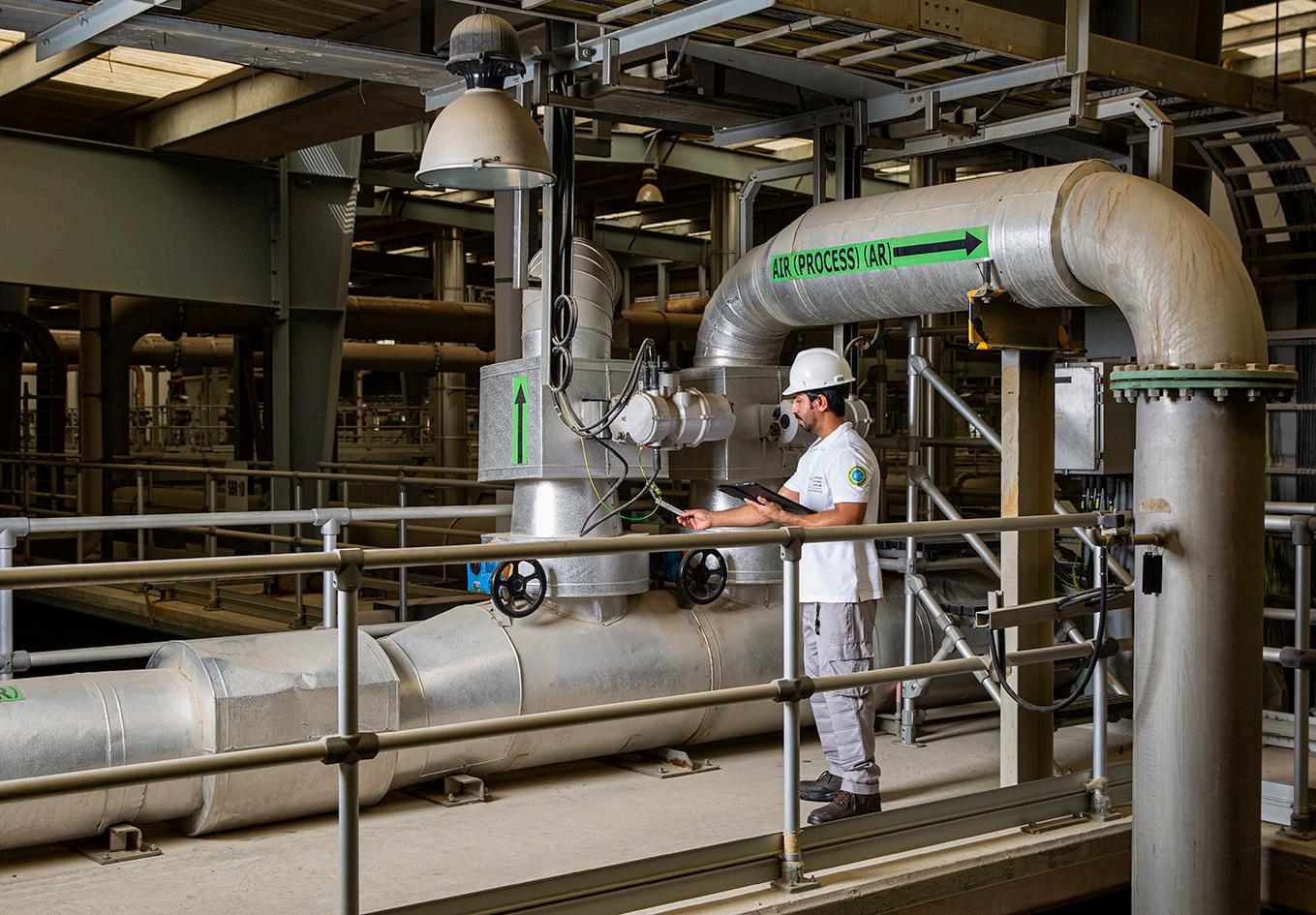
Our commitment to HSE is fundamental to our mission to operate responsibly and sustainably

Nama Group Sustainability Policy aims to integrate a philosophy of sustainable development into all Group activities and to establish and promote sound sustainable practices. NG Sustainability Policy focuses on the impact of the Group’s electricity and water utilities operations and activities according to social, environmental, and economic objectives.
The Group builds on its very own road map that adheres to government policies and related regulations to establish sustainable practices at work. Annually, the sustainability team develops its customised list of sustainability projects that addresses the Groups’ focus areas, to be approved by the Senior Responsible Owners (SRO). Additionally, the Group allocates 0.5% of its net profit, or a maximum of RO 500,000 (whichever is less) towards the sustainability projects annually. In addition, staff are encouraged to spend at least one working day per year volunteering on charitable activities and sustainability initiatives.
Nama Group aims to ensure that its projects and initiatives have a positive impact on the economy, society, and the environment. The Sustainability Policy of Nama Group ensures to allocate financial and human resources to achieve its goals.
In 2022, Nama Group made a substantial contribution of RO500,000 towards sustainability projects and sponsorships. The Group supported the Environment Authority in the 10 million trees plantation project across the country. It also successfully supported in planting 284,234 trees and establishing 16 Nurseries across Oman. Also, Nama participated in Oman Sustainability

Week (OSW) and was ranked as the best company in the Governance Category and second place in the OSW Award. In addition, Nama Group launched its first “Sustainability and Prosperity” Magazine in the event exhibition, which presents key highlights of the Group latest achievements in sustainability projects.
Further, Nama Group partnered with al Jabr, an Omani boutique consultancy firm, to develop a product for electricity services for residential customers in Oman. This partnership will support Omani technicians of “Naqla” program by providing them with full-time or part-time employment opportunities.
One of the most notable programs implemented by the sustainability team is Nama Sustainability Week in Musandam Governorate, which presented all of Nama Group’s sustainability awareness programs in health and safety and energy conservation. As part of its economic program to support job seekers, Nama offered training for 18 diploma holders under Naqla Program to certify them as electricians.
Due to the inherent nature of utilities services, health and safety remains a main focus area across Nama Group’s value chain. Additionally, it prioritises opportunities and challenges as follows:
1. Limitation of Resources, Renewable Resources and increase in demand for electricity and water services.
2. Rapid changes to the sector due to privatisation and restructuring activities in addition to the advancement of technologies.
3. In Country Value to support Omanisation, local products and promote opportunities for local businesses.


The Group Sustainability Policy implement the triple bottom line approach which focuses on social, environment and economy. Nama Group sustainability programmes focus on projects that directly and indirectly impact areas of priorities.

1. Ensure that all customers have access to safe and reliable electricity and water services throughout the country.
2. Reduce Lost Time Injury Frequency (LT IF) to our staff and contractor to less than 1.
3. Encourage our staff to spend at least one workday per annum on charitable activities and the Group sustainability initiatives.
1. Understand and reduce carbon intensity per MW of electricity and water produced to international standards.
2. Apply International environmental standards related to waste management.
3. Raise awareness about energy and water efficiency by implementing campaigns and forging strategic partnerships.
4. Encourage and support the initiatives related to recycling and waste management.
1. Ensure that the group remains profitable and achieves the targeted rates of returns.
2. Ensure fair treatment of all suppliers and service providers through the strict implementation of the government tender law.
3. Train and develop young talent to help them run successful micro and small business.
4. Promote local products to support demand side management.
The Group is committed to enhancing the stakeholder engagement process to enable a better understanding and respond to stakeholder expectations and concerns. As part of the annual sustainability reporting process, stakeholder mapping and assessment is created jointly with staff.
The Group is committed to continuously monitor and assess its sustainability performance in accordance with the GRI Reporting Framework.

How important is R&D to promote sustainabilityrelated measures?
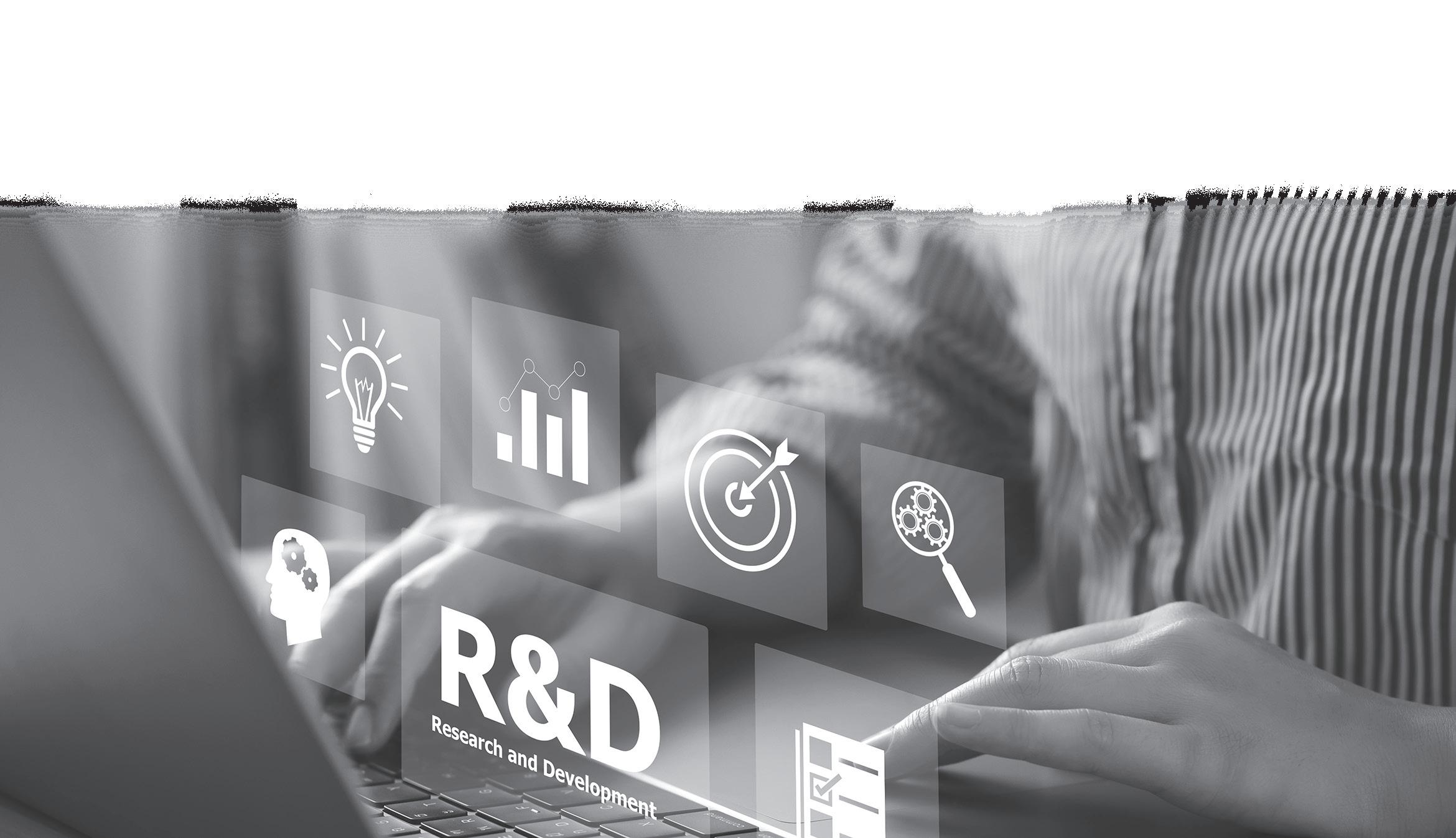

There is a firm correlation between research and sustainability. As you know climate change is one of humanity’s biggest challenges – and it requires global action on an unprecedented scale. The significance of this issue resulted in the Paris Agreement in 2015, the first agreement that acknowledged the problem, the gravity, and the efforts needed to address it. The science is clear – the world needs to reduce its greenhouse gas emissions to net zero by mid-century to achieve the target of limiting global warming to 1.5 degree-Celsius.
Sustainability is a wide field which constitutes three main pillars: economic viability, environmental protection, and social equity. The role of R&D is directly related to the third pillar of Nama Group Sustainability Policy which is the Environmental Pillar. This contribution is in mitigation and adoption, mitigation due to technical approaches for reducing carbon emissions through renewables, energy efficiency, water reuse, and resource recovery of nutrients. In addition, adoption is to ensure water and energy security whenever there are climate crises like floods and droughts.
Nama Group, in its capacity as the supplier of electricity and water in the Sultanate of Oman, seeks to contribute to this objective by producing a high-level decarbonization plan in 2022. In the year, a detailed road map of the transition towards carbon neutrality was developed. Sustainability and decarbonization seek for reducing carbon emissions through strategic
measures that either have a return on investment through energy or water savings.
In addition, on a national level, Nama Group contributed to the preparation of the national strategy for an orderly transition towards zero-carbon neutrality was organized and managed by the Oman Vision 2040 Implementation Follow-up Unit.
In what ways are Nama Group and Nama Water Services using R&D as an input to bring about innovation?
Research and development are frequently touted and labelled as the fundamental engine for creating sustainable innovations and achieving climate transitions.
R&D sustainability aims to encourage companies to provide green products that are not harmful to the environment. And not only must the products be environmentally friendly, but also the processes and machines that manufacture them.
Research and development activities in Nama Group pertaining to water seeks to develop technical aspects to achieve sustainability goals:
• To maintain up-to-date development of technology, technical standards, and specifications in the industry.
• To implement cost-effective and efficient treatment process configuration in the organization of future projects while meeting the regulatory requirements and standards.
• To optimize and enhance the performance of existing operating assets for increased productivity, efficiency, and product quality.
• To explore new technology that provides a longer equipment life cycle and higher efficiency, and costs saving.
• To explore and source alternative solutions, technologies, equipment, and sustainable treatment methods for the development of assets.
Some of the main examples of Sustainability projects are:
• Water-smart metering
• Initiating renewable projects such as the Ibri II Solar Power Plant
• Hydropower feasibility studies in water networks
• Energy Efficiency Management in Water Utilities


• Cost-effective solutions such as bio-trickling filters instead of chemical scrubbers for odor treatment
• Sustainable treatment solutions in the constructed wetlands
• Treated water utilization in greenery and plantation with the Environment Authority for carbon reduction
• Treated water utilization in green hydrogen production
• Opportunity of producing power from sludge conversion to energy
• Environmental protection by Kala Composting
What are the initiatives taken by you to ensure strong collaboration with other key institutions in enhancing R&D?
It is a great opportunity to announce that we are on the way to establishing a Water Sustainable Center through the National Research and Development Platform that will play as a multi-functional facility aimed to enable independently test, evaluate, and adapt various water treatment technologies to the Omani conditions and regulations.
The potentials of the multi-functional platform will include the following facilities and benefits:
• The facility will serve as a hub for conducting applied research that aims to expand opportunities in successful treatment technologies. The research outcomes will aid in the evaluation and pre-selection of the most reliable, effective, and sustainable treatment technologies suitable for Omani conditions, thus facilitating technology selection and adaptation.
• The Demonstration Facility aims to showcase various technologies related to water and wastewater treatment, sludge management, treated effluent utilization, and odor control. Doing so will help foster public acceptance and outreach, contributing to Haya Water’s strategic social involvement.
• The facilities will also support decision- and policymakers in revising and amending existing legal provisions and standards to ensure safe reuse and economic feasibility of Omani water assets and management.
• It will help with testing and certification of vendors by testing their products and services, thus contributing to job creation, in-country value creation, and sustainable economic growth.
• The Training Centre will offer a range of capacitybuilding programs to enhance practical and technical knowledge. This initiative will gradually and consistently add value to local communities by strengthening the capacity of local human capital.
There is a firm correlation between research and sustainability
Eng. Hamed Saleh Saif Al Foori, Project Implementation and Contracts Senior Engineer, Oman Power and Water Procurement Company, shares insights on the future of Oman’s energy sector and company’s drive to clean energy generation

Can you give us an overview of the IBRI II Solar IPP and some of its salient features?

Oman Power and Water Procurement Company (OPWP) has taken key steps to achieve the renewable energy targets set by the country. Among those capacities, which have been developed with the collaboration of the private sector is Ibri II Solar Independent Power Plant (IPP), which is currently the largest Photovoltaic (PV) solar plant connected directly to the main electricity grid. The Ibri II Solar IPP has an operating capacity of 500 MW and contains about 1.5mn solar PV modules that can generate electricity from both sides of the panel. They are equipped with up-to-date technology, including robotic cleaning systems as well as a system that always tracks the radiance of the sun to maximise efficiency of the plant. This plant undertakes a significant role in reducing Oman’s carbon footprint by an estimated 340,000 tons of CO2 per year.
Oman’s National Energy Strategy aims to generate 30 per cent of electricity from renewable sources by 2030. How is Oman Power & Water Procurement Company promoting this shift towards a green economy?

The shift towards the green economy as well as the targets set by the authorities, including the regulator – Authority for Public Services Regulation (APSR) – and the Ministry of Energy and Minerals as the policymaker is to ensure that we are going to achieve the national targets set in the renewable energy space. This is crucial as we look to reduce the nation’s reliance on natural gas used in the utility sector as well as to promote new technology coming into the country. It all commenced with the Dhofar Wind IPP – which was the first wind project in the region. That was the starting point for OPWP. Today, we have the Ibri II Solar IPP in operation, and other solar projects such as the Manah 1 and 2, with a total
capacity of 1000 MW, are in the pipeline. OPWP will continue in this direction to achieve the government set targets.
How do you foresee the Sultanate of Oman’s potential in the renewable energy space?
Oman has a huge potential in the renewable energy space. This includes wind, solar, and other natural resources that can support in achieving the country’s renewable energy targets, support economic growth, and backing energy transition plans. This is coupled with a track record of ability to partner with the private sector in developing IPPs in a transparent regulatory environment.
Musandam IPP - 123
Sohar II IPP - 766
Sohar III IPP - 1,744
Waste to Energy - 140
Barka II IWPP - 688
Barka III IPP - 766
Rusail IPP - 180
Sur IPP - 2,018
Ibri II Solar IPP - 500
Ibri IPP - 1,539
Dhofar I Wind IPP - 50
Ibri III Solar IPP - 500
Manah IPP - 180
Manah I Solar IPP - 500 Manah II Solar IPP - 500
Jalan Bani Bu Ali Wind IPP - 100
Duqm Wind IPP - 200
Dhofar II Wind IPP - 100
OPERATIONAL PRE-DEVELOPMENT
Map is not an authority on International boundaries
Salalah IWPP - 445

Salalah II IPP - 717

The Al Ansab Wetlands is leading wildlife conservation initiatives in the Sultanate of Oman. Manal Al Kindi, Head of Wetlands at Nama Water Services explains the key features of the project

Could you give us an overview of the Al Ansab Wetlands that is being promoted by Nama Group?
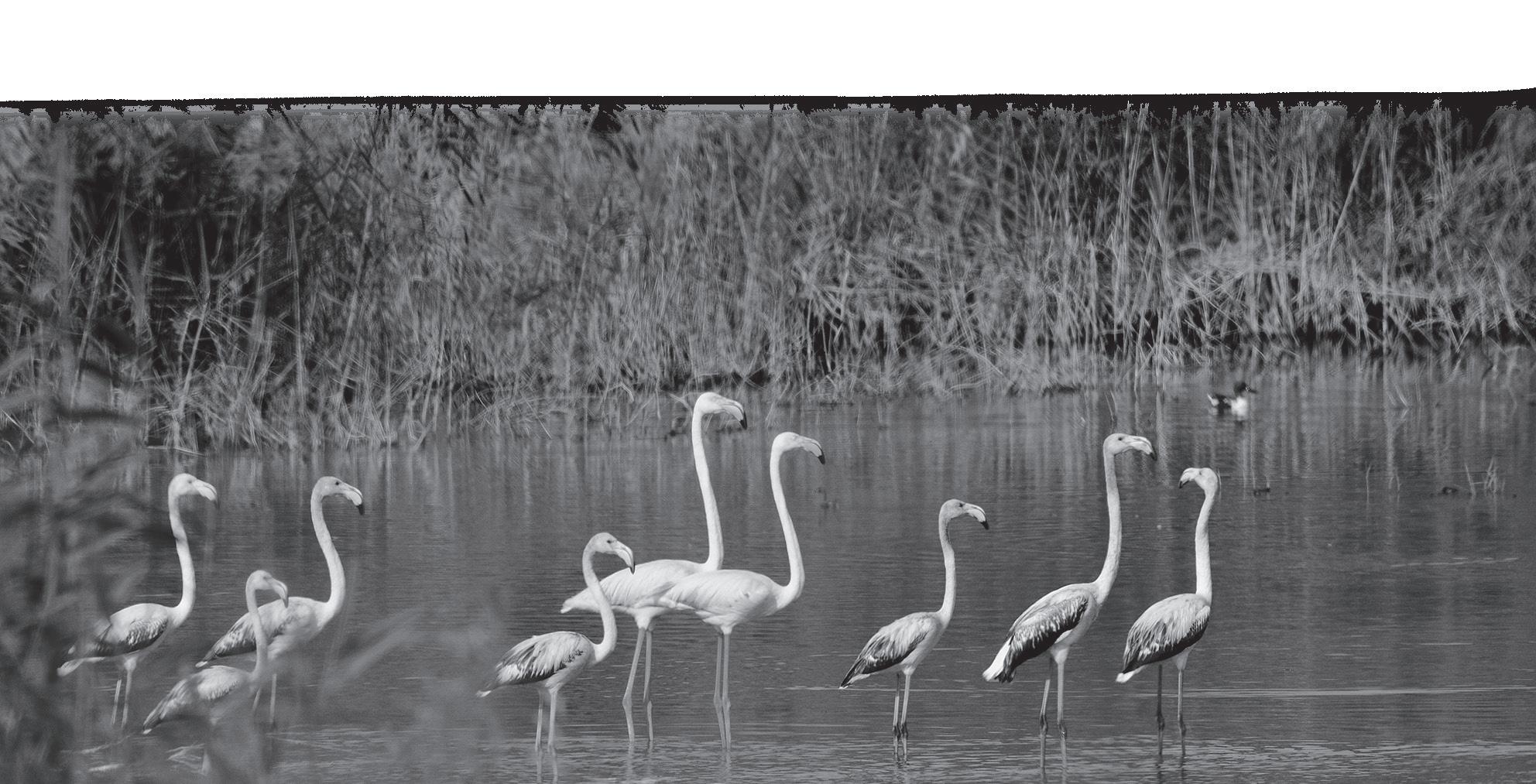

The Al Ansab Wetlands is a unique wonderland in the heart of Muscat. It provides a showcase for Oman’s impressive nature with its abundance of bird life. So mostly, it focuses on birds but, definitely, it is also a haven for other species like Oman native wild plants, insects, and other species. It aims to become a place where the people of Oman and international guests can enjoy and appreciate wildlife and wild places. Nama Water Services will play an increasingly important role within the local community by providing numerous learning, healthy living, and social wellbeing initiatives as well as sustainable livelihood opportunities in developing a responsible tourism sector.
Al Ansab Wetlands is located in Madinat Al Irfan in Baushar. Spread over more than 40 hectares, it consists of 5 different lagoons – and the ‘Flamingo Lagoon’ is one of the most important lagoons because we have an island and control the water level on it. The other lagoons are all open water, which attracts different bird species. The objective of the wetland is to manage existing habitats, to achieve favorable ecological conditions for other important associated fauna and flora and to encourage public access to the site for recreation and ecotourism at a level that is compatible with the nature conservation requirements. We also aim
to establish an environmental education resource, which will contribute towards the national targets for increasing environmental and sustainability awareness.
In what ways are the Al Ansab Wetlands attracting various birds and promoting other living species?

What we do is we mostly work in a scientific way in the background – and this comes in the way of us preparing an indirect food chain. More than 530 bird species have been recorded in Oman and more than half of these bird species can be seen in the Al Ansab Wetlands. That makes this one of the most important and unique spaces in the heart of Muscat in addition to giving it national and international importance. It also provides a safe haven for resident and migrant bird species through resting and feeding spots. If you ask what is unique about the wetlands, it must be pointed out that the different habitats in the Al Ansab Wetlands include rocky terrain, semi-desert areas, dense shrubs area, reed bed around
Volume Capacity: 302.500 m3


Bird Species: 300
Native Trees: 112
the lagoons, and open water habitat. All of these locations are wonderful attractions to over 300 bird species. It must also be pointed out that because of the wetland and its importance, the area has been recognised in the Ramsar Convention as a ‘Wetland of International Importance’ in March 2020, and more than 20 bird species breed in the wetlands in the summer season. We do not only focus on the birds, but also Omani native plants, insects, and many other species.
How can we promote more wetlands in Oman?
The most important initiative is to manage and conserve these sites at the beginning, and then promote them as important wetland sites nationally or internationally because each site has the opportunity to conserve different habitats or wildlife. For example, while most of the sites here are focused on plants and birds, other habitats are more about the habitat itself, like Qurum Park where the flora is very important.

Dhofar Wind Project is a seminal project to unlock the potential of this valuable renewable resource in Oman says Al Mukhtar Saleh Al Saifi, Manager Acting, New Technologies & Renewable Energy, Tanweer
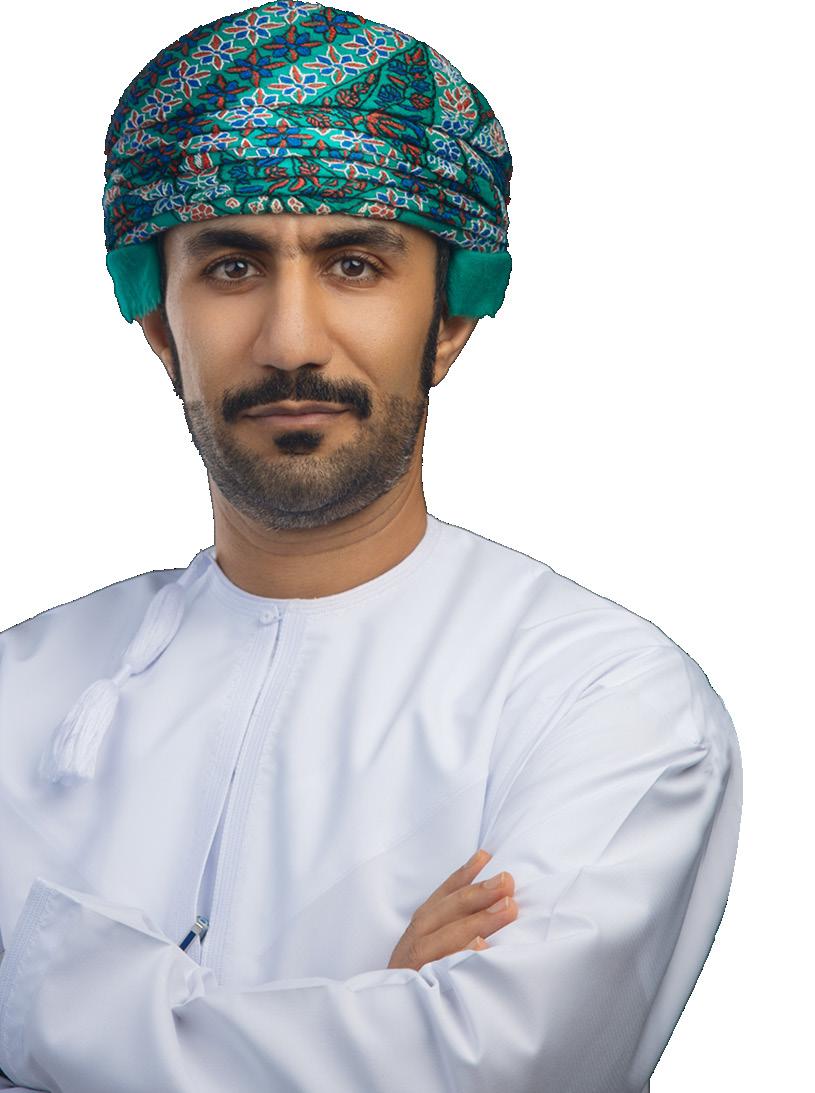
Dhofar Wind Project was established with the purpose of implementing Royal directives and in line with Oman Vision 2040 to reduce greenhouse gas emissions and achieve carbon neutrality, as well as to achieve 39 per cent of renewable and clean energy from the electricity produced in Oman by 2040. The Sultanate of Oman was granted with many renewable energy sources, out of which wind energy is the most important. A joint cooperation was announced between the government of the Sultanate of Oman represented by the Rural Areas Electricity Company (Tanweer) and the government of Abu Dhabi represented by Masdar Company to establish the first wind plant in Oman and in the Dhofar region.
The project has a number of objectives such as the study and research on the feasibility of such a mega-project in the wind energy field in Oman. Once this was done, a series of works preceding the construction of a wind energy station began based on the following:
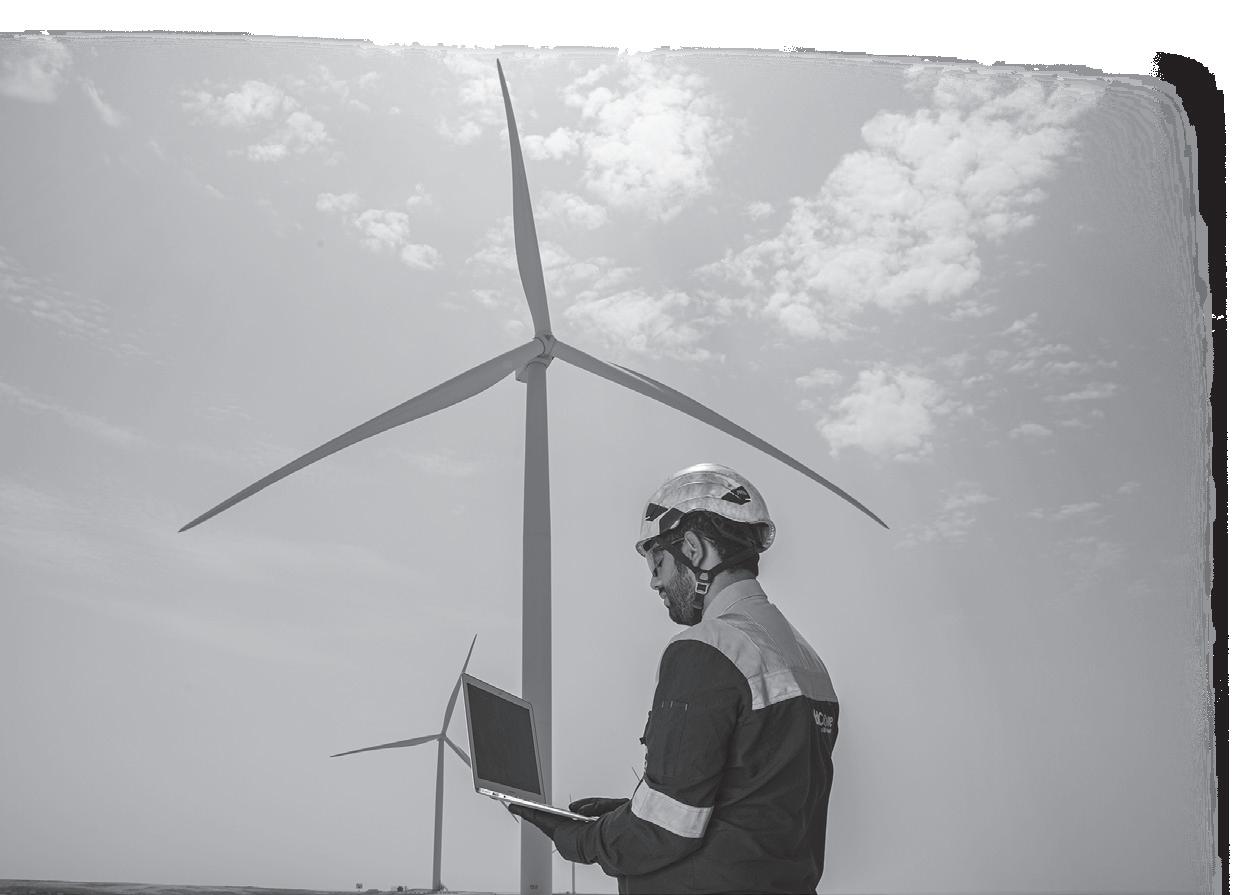
1. Determining the ideal location for establishing the station through wind data available globally and locally. It was decided to be in Dhofar Governorate near the Fatkheet region.
2. Creation of weather towers called (met masts).These towers are 85 meters long and consists of many sensors which receive accurate data on wind speed, intensity, temperatures, pressure and other data. After which the preparation of the site starts for constructing a wind station.
The data was collected over a period of at least one year in order to carry out detailed studies and designs for the station. After that, the tender was awarded and the international partners were selected for the perfect design and implementation according to the available data, and the station was established in its current form.
The Dhofar Wind Power Plant commenced its commercial operation on November 15, 2019, with a total capacity of 50 MW. The plant consists of 13 wind turbines with a capacity of 3.8 MW each. The annual production capacity of the station is approximately 100-120 GWh, with an average wind speed of 6.3 meters/second. A very small part of this energy goes to operate the station and its facilities. The product is exported directly to the Dhofar Governorate network via 132KV lines owned by Oman Electricity Transmission Company. The station aims to reduce carbon emissions and implement the Royal directives to achieve zero neutrality in 2050, and this is represented in what the station contributes to reducing more than 110,000 tonnes of carbon dioxide gas per year. Since the operation of the station until the end of the year 2022, the energy produced from the station was approximately 347 GWh.
The Group has made a great progress in implement the digitalisation and modernisation strategy using technology in network and customer service operations. These strides played a significant role in enhancing its services, and customer experience.
The following services were further developed and digitalized in 2022:


In 2021, the distribution companies expanded the deployment of prepaid meters to different customer segments. The number of prepaid meters installed increased by 40% from 2021 reaching 126,643 prepaid meters. Prepaid meters have proven to be very convenient for apartment blocks and commercial customers where premises are rented or for temporary use.

The Electricity Distribution companies are always working to utilise the opportunities and on improving their customer services through enhancing customer access channels. In 2021, the number of customer bills delivered via e-channels (phone messages, or emails) reached 88%. Furthermore, several campaigns encouraging e-payment and expanding the customer payment channels helped increase the utilisation of e-payment channels. In 2021, more than 63% of all customer payments happened via mobile apps, websites, bill payment machines or banks with no human interaction. This is a record high in the history of the electricity sector and strong evidence of the high confidence customers have in the electricity sector services and bill accuracy.
The distribution companies continued the use & deployment of modern technologies for a meter reading through the utilisation of AMR technologies for reading meters remotely. The Group expanded the use of smart meters by targeting residential customers who consume 100 MWh per year.
As part of the Group’s commitment to using modern technologies in meter reading operations, the electricity distribution companies in the Group have adopted smart metering technologies (AMR) that are read remotely. The Group expanded the use of smart meters since 2016 by targeting customers from all categories who consume 100 MWh per year.
By the end of 2022, smart meters covered 25% of the total number of electricity customers in the Sultanate, reaching more than 300,000 smart meters, through which over 60% of the electricity consumed in the country is read.
In terms of Water and Wastewater sector, Nama Water Services continued the deployment of AMR meters, and by the end of 2022 more than 46% of customers across the Sultanate of Oman had a smart meter. It is also worth mentioning that the company maintained a level of high accuracy in meter reading, represented by 95%.

Dhofar Integrated Services Company retained a meter reading accuracy level of 96%. On the network side, the Company continued the deployment of smart meters and prepaid meters. More than 23% of customers across the Dhofar Region either have a prepaid meter or a smart meter, based on 2022 statistics.

Dina Al Farsi, Smart Metering Senior Specialist at Nama Shared Services, discusses the importance of Diversity and Inclusion along with the initiatives being taken by the Group

How is Nama Group promoting Diversity and Inclusion, and women empowerment?
Promoting Diversity and Inclusion (D&I) entails recruiting people from different genders, backgrounds, competencies, talents and giving them equal growth opportunities. The variety would allow us to gain from the experience of people from multiple backgrounds and to learn from each other. For example, the more mature employees can support young people and inclusion of ideas gives employees the confidence that they are adding value to the company. All of this would be combined together to give us high productivity in the company, thereby reaching higher quality of work and employee satisfaction, which in turn would result in high revenue for the organisation. Over time, a company which believes in D&I would become a talent magnet owing to its reputation in the market.
Can you brief us about the role of Omani women in the Shared Services fields?
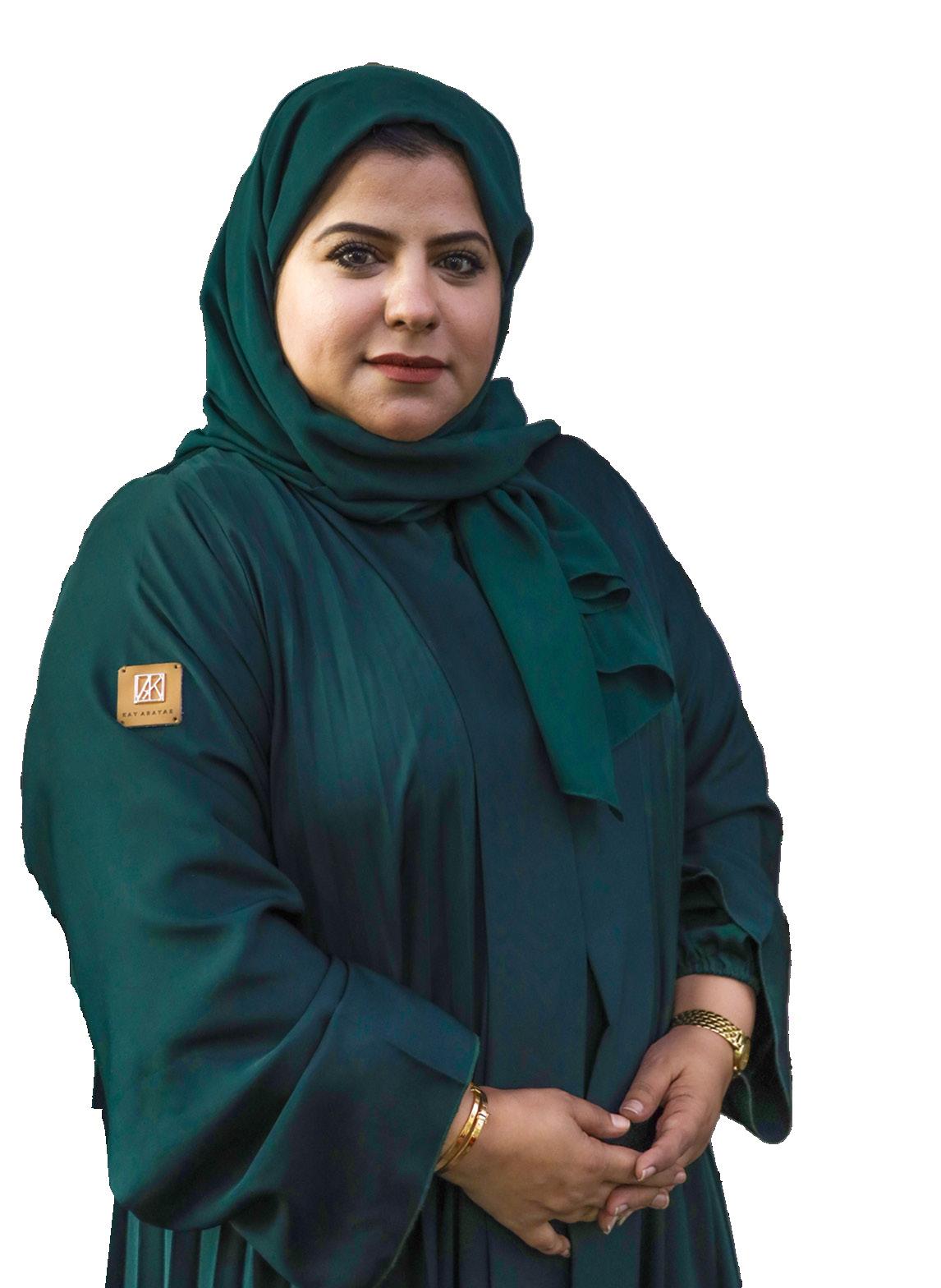
I can say from my own experience that I was never been treated differently as compared to my male colleagues, in terms of job expectations or delivery. Overall, it is a matter of competence and experience and there are more than an equal chance to show your talent. For example, I was in the field as an electrical engineer and then joined project management in water and electricity. I was treated like any other employee regardless of my gender and had an equal opportunity to reach this position and to share my knowledge.

You can see how diverse we are. We have people from different nationalities and genders at Nama Shared Services and none of them can say that any given point they were discriminated in terms of opportunities, promotion and responsibility. Overall, we are an equal opportunity provider.
There is a perception that working out in the field is difficult for women. How was that experience for you as an engineer?
I started in 2011 as an electrical engineer looking after the network extension. Meanwhile, I got into smart metering for meter installations, commissioning and troubleshooting. At that point in time, I was doing my fieldwork without any interference from anyone as I respected my position and responsibilities. I think that people are driven by desire and passion. If you are passionate about a task, you would not feel any challenge while performing it. On the other hand, if
you are more focused on other peoples feedback, then it may be discouraging. One needs to define a challenge and take it on – in my case, it wasn’t easy as I was working in a rural areas. But even then, I felt like all the tools and support required were given to me. This is why I’m here after 12 years in the same field, in smart metering.
So how can you encourage more women to take up more jobs in this industry?
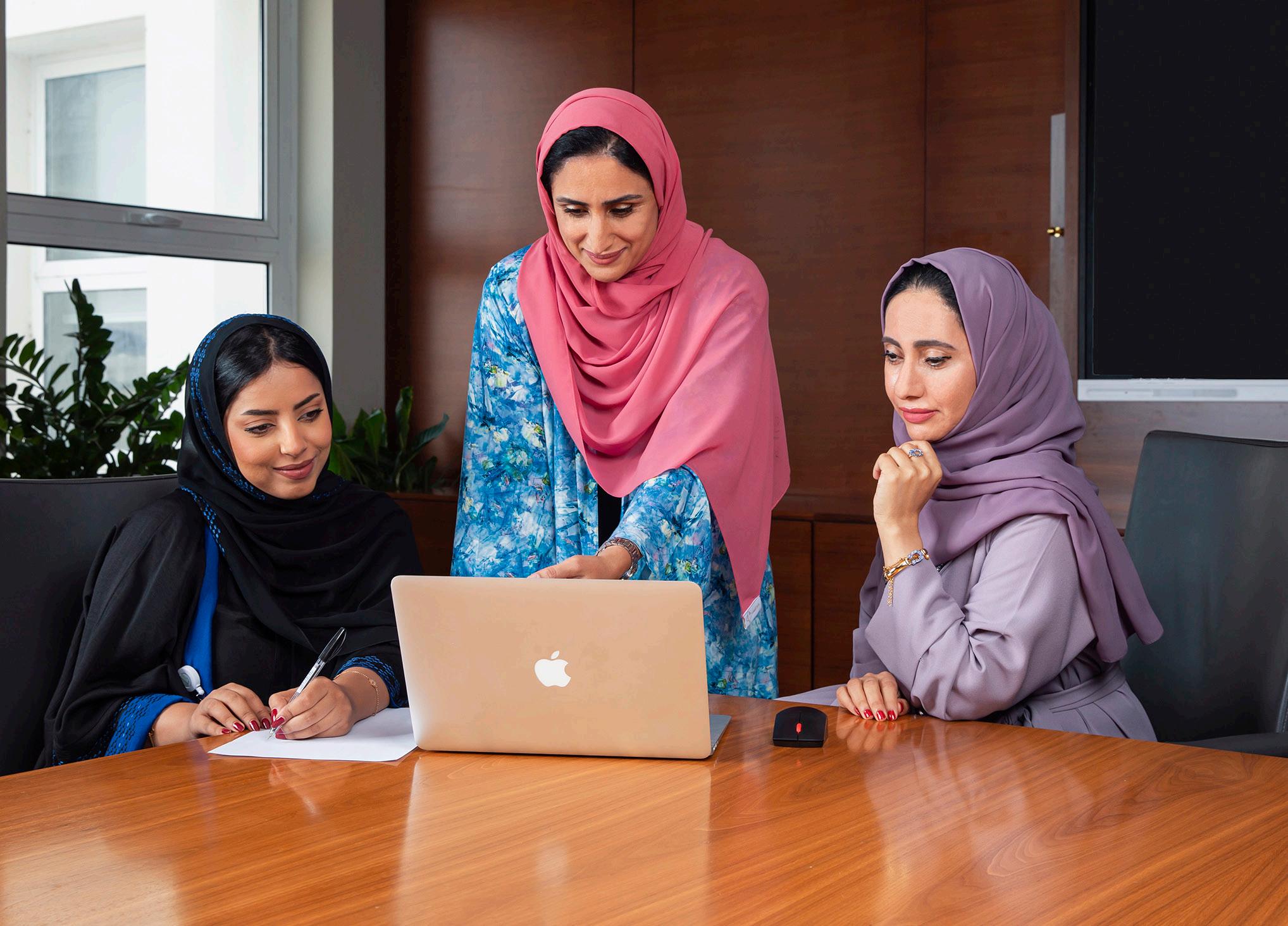

I can tell you that I’m already doing this. I have three ladies who are currently smart meter engineers. From time to time when the chance allows, I encourage them to go to the sites, because if you don’t gain the fundamental knowledge of something, you will not be able to gain insights for decision making in the future. One cannot sit in office and decide on the workability or merits of a technology as it requires hands-on experience.

If you are very passionate about the task you are doing, you wouldn’t feel any challenge when you do it ”

Please share an overview of the internship opportunities being offered by Nama Group?

Nama Group’s media internship programme was designed to meet the emerging needs of the market. Digital media and marketing, which is a new field, plays a significant role in the government and private sector. Therefore, there is enormous need for companies as well as graduates to make use of the potential that it offers. Fresh graduates need experience in this field and hence the Group came up with an internship opportunity with sustainability as its main objective. At the conclusion of the programme, graduates could do freelancing or even venture into a digital business.
Firstly, we look at the specialisation of graduates. We make sure that they are graduates from communication, media and marketing field. Students who have completed a communication certificate programme with a digital element are also eligible for the internship. Later on, we announce the list of the eligible candidates and follow the HR process for selection to make sure that everyone gets a fair opportunity. Finally, we conduct an interview and in certain cases, we ask them to make a presentation. Having the right attitude is very important in this field. During the interview process, we also make sure to find out if they possess a flexible approach to work. Those in the communication and digital marketing field are required to work at any point of the day and hence work ethic is important.
What skills do interns learn over the course of the programme?
Graduates are eligible to apply for Nama’s one-year media internship programme. Once they complete the HR process, we set a KPI for them. All the selected candidates are full
time employees and not trainees. We trust and give them all the support. All those managing the channel, are open to decide and set a plan of action for the overall growth in the digital media space. Currently, we have the second batch of the internship programme going on. In 2022, we had the first batch of interns. Two interns secured employment opportunity outside Nama Group. We do believe that the skills and experience they get from us have enabled them to get employment elsewhere.
How has the Nama Group’s digital media internship program benefited the company and its interns?
The department has a strategy to train a number of interns every year. At the end of each year, we evaluate our progress to identify areas where we can improve. While our interns gain knowledge from us, we also benefit from their fresh ideas and trending insights in digital media. As digital media specialists, we have implemented many of these innovative ideas at Nama Group, resulting in improved social media channels and an increase in views on our internal platform, ‘Yammer.’ Knowledgesharing will remain an ongoing process because we invest time and resources in our interns to ensure they are equipped to enter the job market or start their own freelance careers. Our ultimate goal is for them to be able to train others and create a cycle of continuous learning and improvement, which is a great outcome for us as well as for the interns themselves.
Capacity: 500 MWh
Technology: Solar Photovoltaic (PV)
Land Area (m²): Approximately 7,700,000 m²
Capacity: 500 MWh
Technology: Solar Photovoltaic (PV)
Land Area (m²): Approximately 6,800,000 m²
Location: Ad Dakhiliyah Governorate
Location: Ad Dakhiliyah Governorate
Commercial Operation: Q1, 2025

Commercial Operation: Q2, 2025
CO2 Emissions Reduction: 1M Tons / Annually
 MANAH - I
MANAH - II
MANAH - I
MANAH - II
